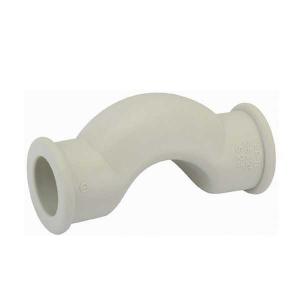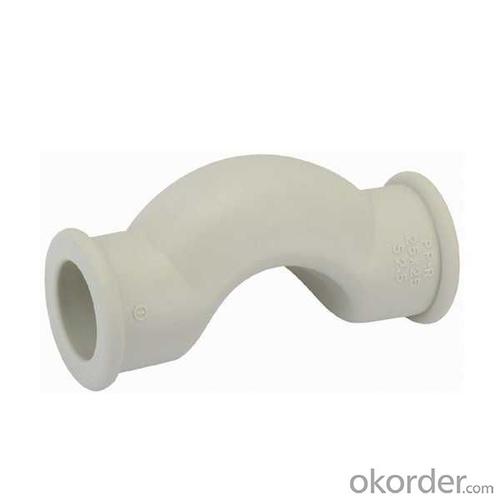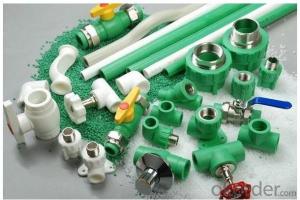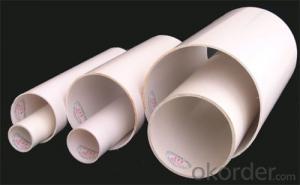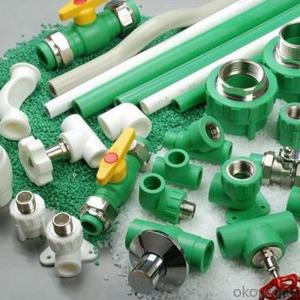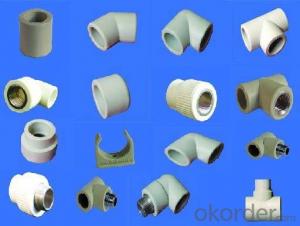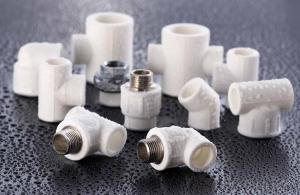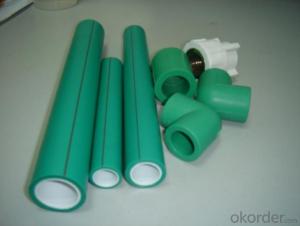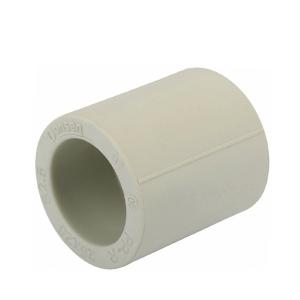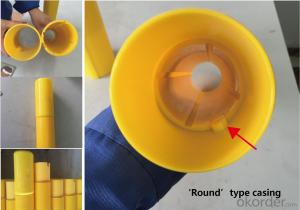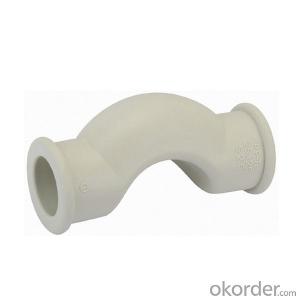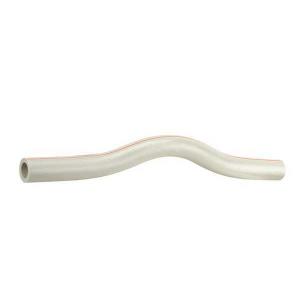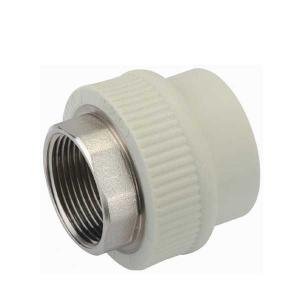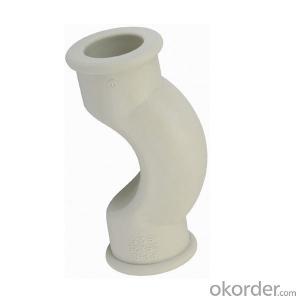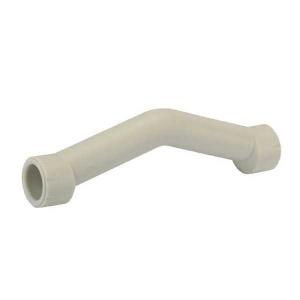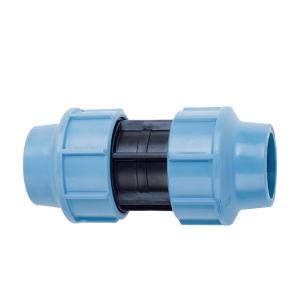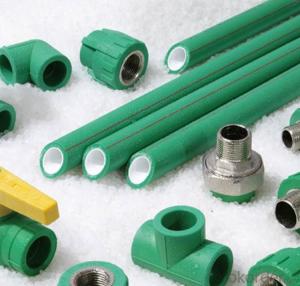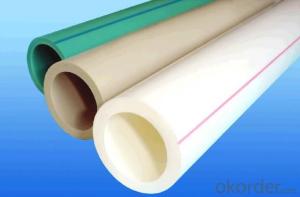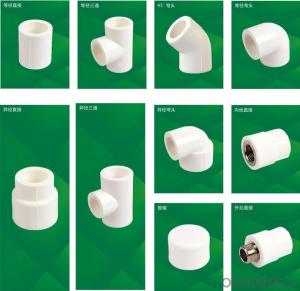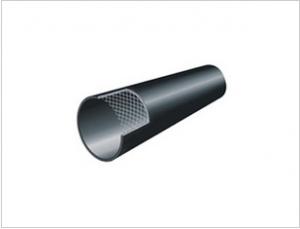High Quality Short Bypass Bend Copper Pipe to Plastic Pipe Fittings
- Loading Port:
- Ningbo
- Payment Terms:
- TT or LC
- Min Order Qty:
- 1000 watt
- Supply Capability:
- 100000 watt/month
OKorder Service Pledge
Quality Product, Order Online Tracking, Timely Delivery
OKorder Financial Service
Credit Rating, Credit Services, Credit Purchasing
You Might Also Like
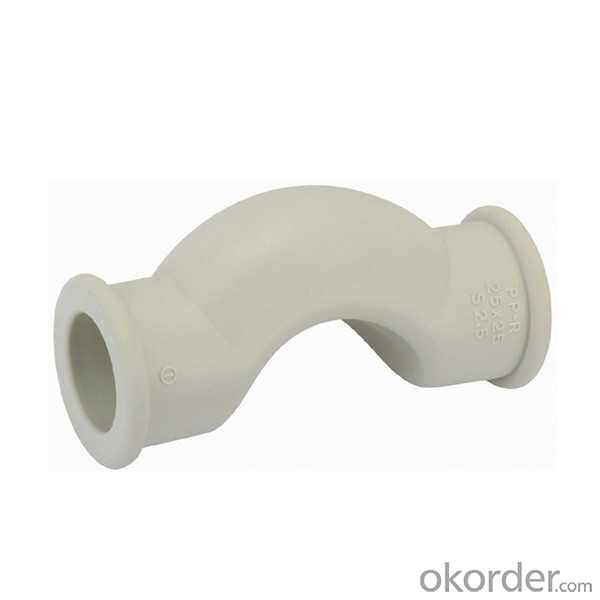 ppr fittings HYOSUNG PPR raw materials standard:DIN8077-8078 GB/T18742.3-2002 PN25 White grey green color
ppr fittings HYOSUNG PPR raw materials standard:DIN8077-8078 GB/T18742.3-2002 PN25 White grey green color
1.Material:Random Polypropylene(Hyosung R200P);
2.ISO9001&ISO14001;
3.Standard:GB/T 18742.3-2002, DIN8077/8078;
4.OEM also ok
- Q: How do plastic pipe fittings compare to stainless steel fittings?
- Plastic pipe fittings and stainless steel fittings have different characteristics and applications. Plastic pipe fittings are generally more affordable, lightweight, and resistant to corrosion, making them suitable for various residential and commercial plumbing systems. On the other hand, stainless steel fittings are known for their durability, strength, and ability to withstand high pressures and temperatures. They are commonly used in industrial settings, such as oil and gas pipelines, where reliability and longevity are crucial. Ultimately, the choice between plastic and stainless steel fittings depends on the specific requirements and environment of the plumbing system.
- Q: How do plastic pipe fittings compare to fiberglass fittings?
- Plastic pipe fittings are generally more affordable and readily available compared to fiberglass fittings. However, fiberglass fittings offer superior strength, durability, and resistance to corrosion and chemicals. They are also lightweight and have better thermal insulation properties. Ultimately, the choice between plastic and fiberglass fittings depends on the specific requirements and intended use of the fittings.
- Q: Are plastic pipe fittings suitable for potable water supply?
- Yes, plastic pipe fittings are suitable for potable water supply. They are commonly used in plumbing systems as they are durable, cost-effective, and resistant to corrosion. Additionally, plastic pipe fittings are easy to install and do not contaminate the water supply.
- Q: Can plastic pipe fittings be used in wastewater treatment systems?
- Yes, plastic pipe fittings can be used in wastewater treatment systems. Plastic fittings are commonly used in these systems due to their corrosion resistance, durability, and cost-effectiveness. They offer excellent resistance to chemicals and can withstand the harsh conditions found in wastewater treatment processes. Additionally, plastic fittings are lightweight and easy to install, making them a preferred choice for wastewater treatment systems.
- Q: Are plastic pipe fittings suitable for agricultural applications?
- Yes, plastic pipe fittings are suitable for agricultural applications. They offer numerous advantages such as being lightweight, durable, and resistant to corrosion, chemicals, and weather conditions. Additionally, plastic fittings are easy to install and maintain, making them a cost-effective choice for agricultural systems.
- Q: Can plastic pipe fittings be used for wastewater treatment facilities?
- Yes, plastic pipe fittings can be used for wastewater treatment facilities. Plastic pipes and fittings are commonly used in wastewater treatment facilities due to their corrosion resistance, durability, and ease of installation. They can effectively handle the transport of wastewater and are often preferred over other materials like metal or concrete in such applications.
- Q: Are plastic pipe fittings suitable for chemical dosing applications?
- Plastic pipe fittings can be suitable for chemical dosing applications depending on the specific requirements of the application. Factors such as the type of chemical being dosed, the concentration, temperature, and pressure conditions need to be considered when selecting the appropriate plastic material for the fittings. Certain plastic materials, such as PVC, CPVC, and PVDF, are commonly used in chemical dosing applications due to their resistance to various chemicals and their durability. It is essential to consult with experts and consider the compatibility of the plastic material with the chemicals being dosed to ensure proper functionality and safety.
- Q: How do you connect plastic pipe fittings to CPVC pipes?
- To connect plastic pipe fittings to CPVC pipes, you can use solvent cement specifically designed for CPVC. Clean both the fittings and pipes thoroughly, apply the solvent cement to the inside of the fitting and the outside of the pipe, and then insert the pipe into the fitting, holding it in place for a few seconds. Allow the cement to dry and cure as per the manufacturer's instructions before applying pressure to the joint.
- Q: ABS, rubber, resin, pipe made of three kinds of material. Which kind of hardness, electricity, heat insulation is good?. Can that material be used as tubing and heating fittings?
- Rubber is divided into natural rubber and synthetic rubber according to its raw material. The yield of synthetic rubber has greatly exceeded that of natural rubber, of which the largest yield is styrene butadiene rubber. Rubber is the basic raw material of rubber industry. It is widely used in making tyres, rubber hoses, tapes, cables and other kinds of rubber products.
- Q: Are plastic pipe fittings suitable for underground applications?
- Yes, plastic pipe fittings are suitable for underground applications. They are commonly used in underground plumbing systems due to their durability, corrosion resistance, and ability to withstand the pressure and temperature variations typically found underground. Additionally, plastic pipe fittings are lightweight, easy to install, and require minimal maintenance, making them a popular choice for underground applications.
Send your message to us
High Quality Short Bypass Bend Copper Pipe to Plastic Pipe Fittings
- Loading Port:
- Ningbo
- Payment Terms:
- TT or LC
- Min Order Qty:
- 1000 watt
- Supply Capability:
- 100000 watt/month
OKorder Service Pledge
Quality Product, Order Online Tracking, Timely Delivery
OKorder Financial Service
Credit Rating, Credit Services, Credit Purchasing
Similar products
Hot products
Hot Searches
Related keywords
